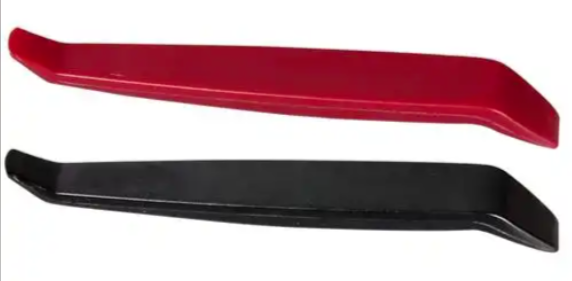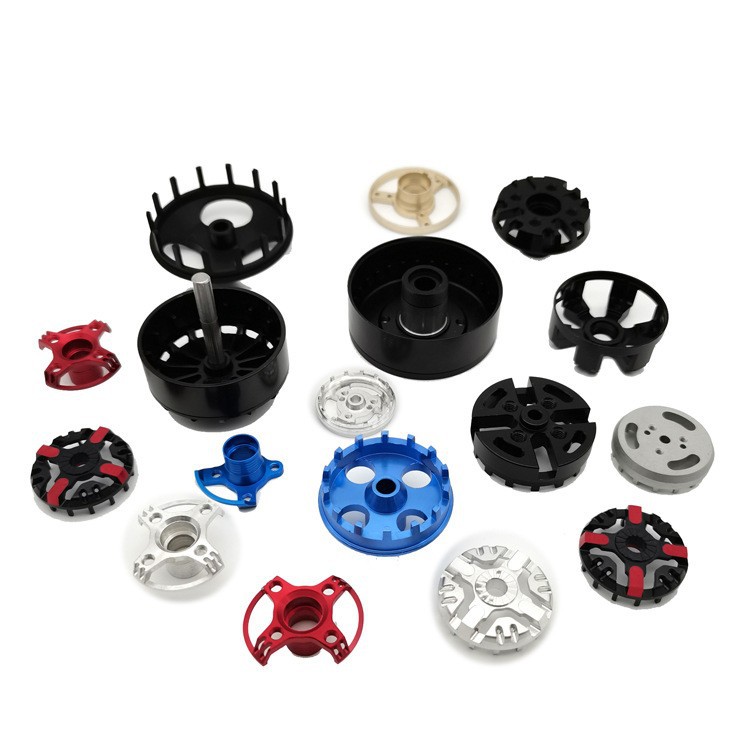
Automotive Interior Plastics: Types & Advantages
Car interiors are all about comfort, durability, and style. The plastics used in dashboards, seats, door panels, and other interior parts play a big role
Sheet metal service
Cases of Sheet Metal
Sheet metal fabrication is a manufacturing process that involves shaping and manipulating sheet metal into various components and structures. Sheet metal, typically in the form of flat and thin sheets, is cut, bent, and assembled to create a wide range of products used in industries such as automotive, aerospace, construction, electronics, and more.
CS Mold offers precision sheet metal fabrication service for our clients. We can finish your prototypes and components in as fast as 1 day.
The Process Of Sheet Metal Fabrication Involves Several Key Steps:
A detailed design or blueprint of the desired part or product is created, specifying dimensions, tolerances, material requirements, and manufacturing techniques.
The appropriate type and thickness of sheet metal are chosen based on the specific application and desired properties. Common sheet metal materials include steel, aluminum, stainless steel, copper, and brass.
The sheet metal is cut into the desired shape using various cutting methods such as shearing, laser cutting, or waterjet cutting. This step ensures the sheet metal is prepared for further forming processes.
The cut sheet metal is shaped, bent, and formed, by using techniques such as press braking, rolling, stamping, or deep drawing. This process gives the sheet metal the desired geometry and dimensions.
Multiple sheet metal components may need to be joined together through techniques like welding, riveting, clinching, or adhesive bonding. Assembly processes are carried out to create the final product or structure.
The fabricated sheet metal product may undergo surface treatments such as cleaning, deburring, sanding, polishing, painting, or coating to enhance its appearance, durability, or corrosion resistance.
Available Surface Treatment
Chem Film (Chromate Conversion Coating)
Powder Coat
Standard
Bead Blast
Anodize (Type II Type III)
Anodize ( Type III)
Electroless Nickel Plating
Silver Plating
Gold Plating
Sheet Metal Applications
Sheet metal is a multifunctional manufacturing process suitable for various metal components. This process can support large quantities of products and small batches of unique applications. Common sheet metal parts include:
Electrical enclosure
Computer Electronic Parts
Casing
brackets
cabinet
Mount
Advantages of Sheet Metal Fabrication
Sheet metal fabrication offers several advantages, including:
– Versatility: Sheet metal can be easily formed into complex shapes and structures, allowing for a wide range of product designs and applications.
– Strength and Durability: Sheet metal components exhibit excellent strength and durability, making them suitable for demanding environments and applications.
– Cost Efficiency: Sheet metal fabrication can be cost-effective, especially for large-scale production runs, as it allows for efficient material usage and high production speeds.
– Customization: Sheet metal fabrication enables customization, as components can be tailored to meet specific design requirements and functional needs.

Car interiors are all about comfort, durability, and style. The plastics used in dashboards, seats, door panels, and other interior parts play a big role

As medical devices become smaller, more complex, and require increasingly higher precision, traditional three-axis machining shows limitations in terms of structure, accuracy, and efficiency. Five-axis

With the rapid development of medical technology, medical devices are becoming increasingly diverse in function, and the design of components is becoming increasingly complex. The
Address: Room 211, Yuanxin Building, No. 26, Yuanxin Road, Dalingshan Town, Dongguan City, Guangdong Province